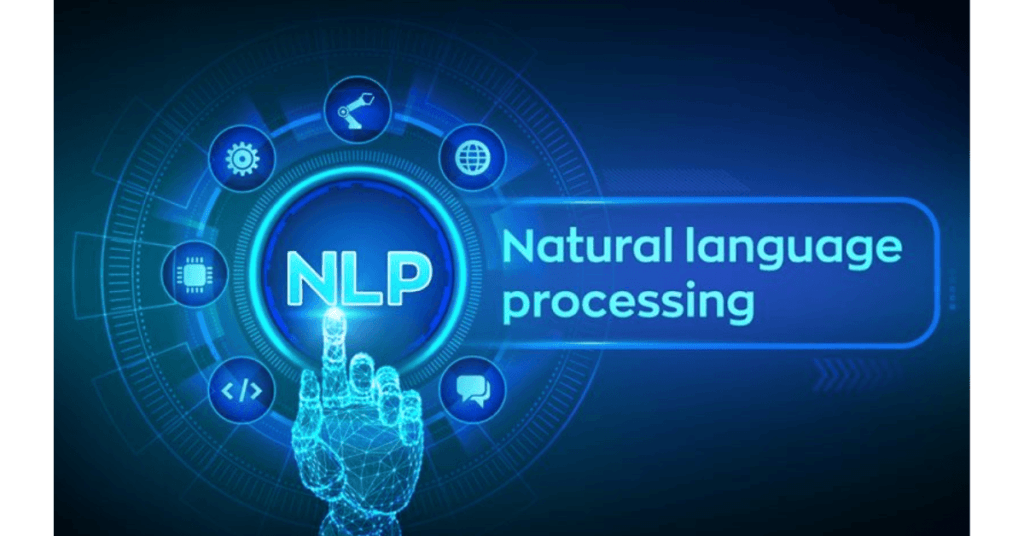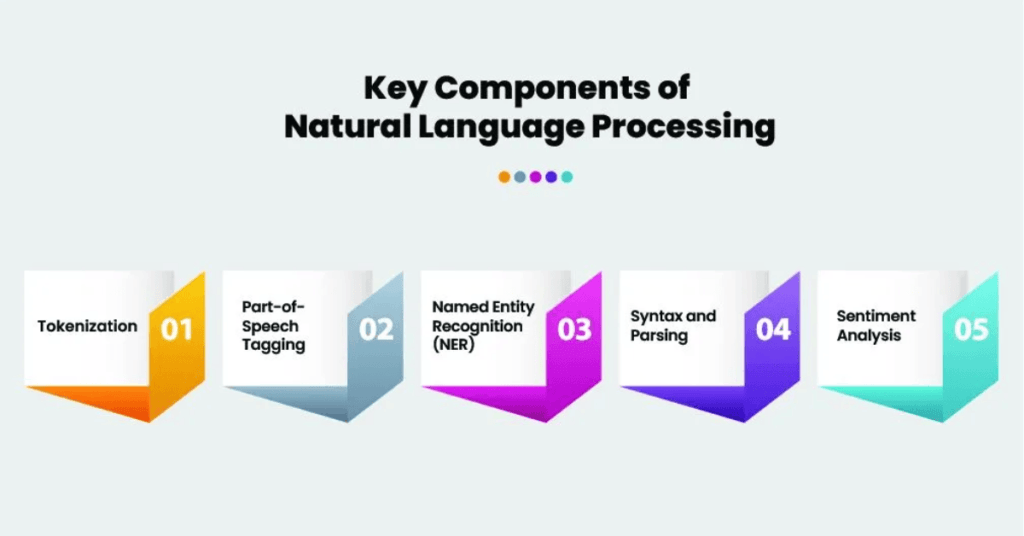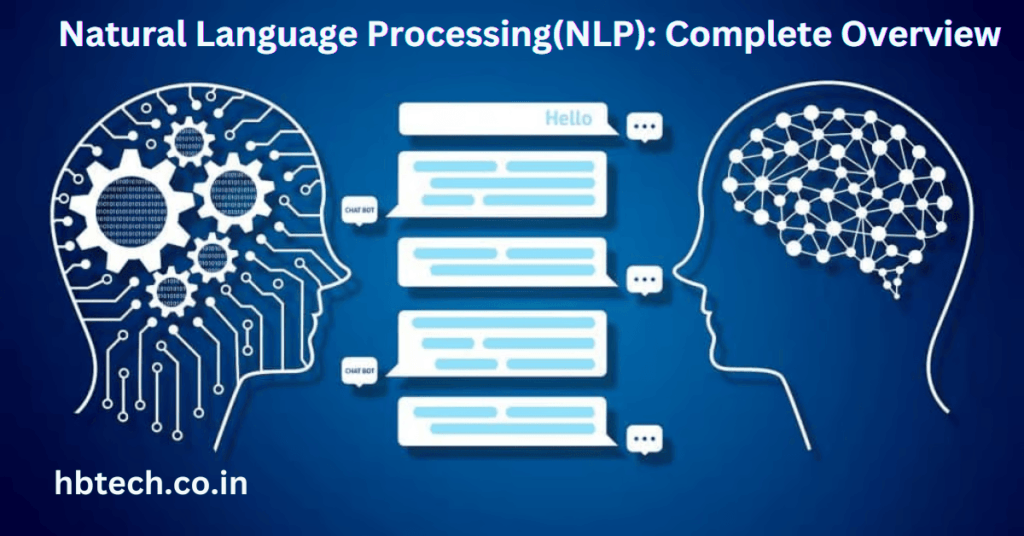Natural Language Processing, or NLP, is a field in technology that combines elements from computer science, artificial intelligence (AI) , and linguistics. The goal of NLP is to help computers understand and even respond to human language. You see NLP in action every day—whether you’re using a virtual assistant like Siri or Alexa, chatting with a customer support bot, or relying on translation tools like Google Translate. Let’s take a look at how NLP works, it s journey, core elements, real-world applications, challenges, and where it might go in the future.
Natural Language Processing

NLP is all about creating systems that can handle and interpret human language in a way that’s useful. Unlike programming languages, which have strict rules, human language is complex, full of grammar rules, slang, and expressions. NLP tackles this complexity to make it possible for computers to understand our language in a useful way.
A Brief History of NLP
The development of NLP has gone through several key stages
- 1950s-1960s: Early work on NLP was rule-based, meaning computers followed pre-set language rules to understand text. Researchers like Alan Turing and Noam Chomsky contributed foundational ideas, but computing limitations kept NLP very basic .
- 1970s-1990s: Computers began using statistical methods, where probability and statistics helped create better language models. This era brought in machine learning, which allowed systems to detect language patterns more accurately.
- 2000s to Today: NLP advanced further with deep learning techniques, such as neural networks, which can process more complex data. Models like BERT and GPT have transformed the field, making it possible to handle many complex language tasks more effectively.
Key Components of NLP

NLP consists of several important steps that help machines understand and process language:
- Tokenization: This step breaks text down into smaller pieces, like words or phrases, allowing the computer to process them one by one.
- Part-of-Speech Tagging: Each word is identified by its grammatical role (e.g., noun, verb, adjective). This step helps the system understand sentence structure.
- Named Entity Recognition (NER): This step identifies specific entities like names of people, locations , or brands, which is especially useful in customer service or information retrieval.
- Sentiment Analysis: By analyzing tone and emotion, sentiment analysis can categorize content as positive, negative, or neutral. This is widely used in marketing to understand customer feedback.
- Machine Translation: This component translates text from one language to another. Models like those used by Google Translate rely on complex algorithms to ensure accuracy and context.
- Text Generation: Text generation creates new content or responses based on prompts, as seen in language models like GPT, which produce coherent, human–like text.
How NLP is Used Today
NLP has applications in almost every field:
- Virtual Assistants: Siri, Alexa. and Google Assistant use NLP to understand and respond to voice commands, helping users with tasks like setting reminders, playing music, or answering questions.
- Customer Support Automation: Chatbots powered by NLP handle routine customer queries, making it easier for companies to provide support without needing as many human agents.
- Sentiment Analysis in Marketing: Companies analyze customer sentiment on social media and in reviews. This help s them gauge opinions and adjust their strategies based on customer feedback.
- Healthcare: In healthcare, NLP can be used to process medical records and clinical notes, helping doctors access crucial information quickly for diagnostics or patient care.
- Content Creation: NLP help s generate summaries, reports, and sometimes even full articles, saving time for writers and editors.
- Translation and Language Learning: NLP-based translation tools and apps like Duolingo break down language barriers and support language learning.
Challenges in NLP
Despite all its progress, NLP still faces some big challenges;
- Ambiguity and Context: Words often have multiple meanings depending on their context, making it hard for computers to understand sentences like humans do.
- Idioms and Cultural Language: Understanding idioms, metaphors, or slang is difficult for machines. Phrases like “kick the bucket” or “break the ice” don’t translate literally.
- Bias and Fairness: NLP models learn from data, and if that data contains biases, the model can inherit them. This can create problems in applications like hiring or customer service.
Future of NLP
The future of NLP looks promising and will likely focus on making interactions with technology feel even more natural:
- Better Conversational AI: Future virtual assistants will be more context-aware, understanding not just words but the intention behind them to create smoother. , more meaningful conversations.
- Multimodal NLP: By combining NLP with other AI fields like computer vision, we may soon see applications that analyze both text and images, creating richer multimedia interactions.
- More Ethical and Fair Models: There will be a focus on making NLP fairer and less biased, especially in sensitive applications like healthcare, finance, and law .
- Enhanced Human-AI Collaboration: NLP will complement, not replace, human work. For example, NLP tools will help professionals process large amounts of information, making work more efficient.
Final Thoughts
Natural Language Processing has come a long way, shaping the way we interact with technology every day. From virtual assistants to chatbots, translation apps, and healthcare tools, NLP ’s applications are vast and continue to grow. However, with complex challenges to solve and exciting advancements on the horizon, NLP will remain a field of innovation that brings machines and human language closer together.
As the technology improves, NLP will not only make machines better at understanding us , but it will also help us use technology in smarter, fairer, and more impactful ways. The future of human language in the digital world has never looked more promising.
Frequently Asked Questions(FAQs)
What is Natural Language Processing (NLP)?
Natural Language Processing (NLP) is a field in technology that focuses on helping computers understand, interpret, and respond to human language. It combines computer science, artificial intelligence, and linguistics to enable machines to process text and speech in a way that’s useful for human communication.
How does NLP work?
NLP involves several steps to make human language understandable to computers. Key steps include:
Tokenization (breaking down sentences into words or phrases),
Part-of-Speech Tagging (identifying the grammatical role of each word),
Named Entity Recognition (finding names of people, places, or brands),
Sentiment Analysis (determining the tone or mood of text),
Machine Translation (translating from one language to another), and
Text Generation (creating new text based on prompts).
Each of these processes helps computers interpret human language more effectively.Where is NLP used in everyday life?
NLP is behind many tools and applications we use every day, such as:
Virtual Assistants (like Siri and Alexa) that respond to voice commands,
Chatbots used in customer service,
Sentiment Analysis tools for social media and marketing feedback,
Translation apps (like Google Translate),
Language learning apps (like Duolingo), and
Healthcare applications for analyzing medical records.
NLP makes it possible for these tools to understand, generate, and respond to human language.How did NLP develop over time?
NLP has evolved in stages:
1950s-1960s: Early rule-based systems tried to use predefined language rules.
1970s-1990s: Statistical methods and machine learning started improving NLP models.
2000s-Present: With deep learning, advanced models like BERT and GPT revolutionized NLP, making it possible to handle complex language tasks more accurately.What are the main challenges in NLP?
NLP still faces several key challenges:
Ambiguity and Context: Words can have multiple meanings, making context essential for understanding.
Idioms and Cultural Nuances: Phrases or idioms are hard for computers to interpret because they often don’t have literal meanings.
Bias and Fairness: NLP models can inherit biases present in the data they’re trained on, which can lead to ethical issues in applications like hiring and customer support.What does the future hold for NLP?
The future of NLP is likely to focus on:
Conversational AI that feels more natural and context-aware,
Multimodal NLP that combines language with visual data for richer interactions,
Ethical and Fair NLP Models to minimize bias, and
Human-AI Collaboration, where NLP tools assist professionals in fields like healthcare, law, and finance.Can NLP replace human language completely?
No, NLP is not meant to replace human language but rather to assist us. The goal is to make technology better at understanding and processing language so it can support us in various tasks, enhancing productivity and accessibility without taking over the complexities and nuances of human communication.
What are some popular NLP models today?
Popular NLP models include BERT (Bidirectional Encoder Representations from Transformers) and GPT (Generative Pre-trained Transformer). These models use deep learning techniques to handle tasks such as translation, text generation, and sentiment analysis with high accuracy.









